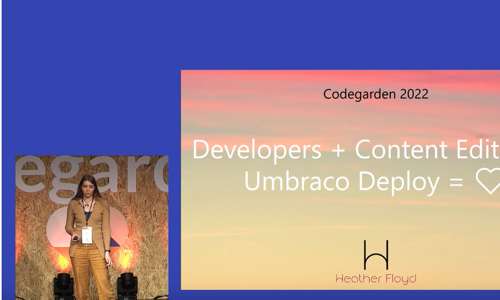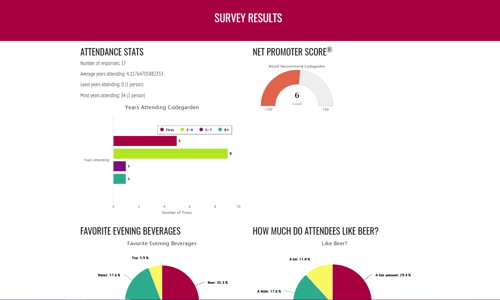 When creating or redoing your website, though your website’s graphic design might be the thing you are focused on and excited about, you should definitely spend some time considering how you structure the true work-horse of your site: the content.
When creating or redoing your website, though your website’s graphic design might be the thing you are focused on and excited about, you should definitely spend some time considering how you structure the true work-horse of your site: the content.
Clients often ask me about how long their content should be. The truth is, it should be as long as you can reasonably make it – but it needs to be presented in a way that is not overwhelming to the visitor and puts the essential information first.
Visitors (aka potential customers) will all have different needs and desires when it comes to the information on your site. Some people want to get the facts quickly and make their decision without spending a lot of time reading and researching. Others might want to have more information so that they can feel comfortable that they are making the right decision to hire you or buy from you. You want to make sure that you are offering both types of visitor the content they each want.
The best way to accomplish this is to organize your site clearly, offer paths for visitors to follow, and write like a journalist.
Organize Your Site Clearly
By having your content well organized and labeled, it should be easy for visitors to find exactly what they are looking for. By following common website conventions and keeping your site organization pretty simple, your visitors will move around your site with ease. As tempting as it might be to get “cutesy” with your section names, please avoid this sort of obscurity. There are better ways to get across your “theme” or personality.
The basic sections you should have for your site are ones that most of your visitors will be expecting to see: About, Contact, Products/Services, possibly a FAQ (frequently asked questions page). Your business might have a structure which lends itself to some other organization of pages, which is fine, but make sure you stay reasonably consistent and don’t mix up your navigation taxonomies too much.
Offer Paths for Visitors to Follow
You might want to offer some specific paths for visitors to follow through your site, based on their demographic (if you serve more that one target market) or their main problem, issue, or interest.
If you choose to go this route you should present only a few options (no more than 4) and the choice for the visitor should be obvious. (This is not where you want to stump your potential customers!)
This “path” might be going to only one page which is directly written to the option chosen, or to a short series of pages which makes a sort of “presentation” to the visitor. The key is to keep it simple.
Also, if you are using this technique, use it only as a supplementary navigation – be sure your main navigation menu is always visible.
Write Like A Journalist
Journalistic writing for newspapers is organized like a pyramid, with the shortest possible description of “just-the-facts” at the front of the article, and then more and more details added as the article gets longer. This is done so that a reader could look at just the first paragraph or two to get the news, and continue reading for more details only if it is of interest.
You should think about your website content like this as well. Wherever possible, put the important facts up front, and link to more detailed pages “for more information….” This could mean that your “services” page has only a brief summary of each service, with links to other pages focused entirely on giving more information about each offering individually.
This will allow “skimmers” to find what they are interested in quickly, while also providing the backup materials that “researchers” will enjoy.
Web Action Steps
For a new website or redesign:
- Plan your new website structure according to the tips above.
- As much as possible, break content down into topic-focused nuggets which you can link together at higher levels of the site structure with “summary” pages
- Make your detailed content pages longer, broken into easy-to-skim paragraphs with clear sub-heads and the most essential facts at the top of the page
Tweaking your current site:
- Is your site structure clear and easy to understand? Do the names of items in your main navigation menu make their content obvious?
- Which pages can you add more information to?
- Which pages could you break up into separate pages and provide instead a “summary” page with links?
Good content that is easy to navigate will really help your visitors to get to know you and feel comfortable buying from you. If you are considering a new site or a redesign and would like to make sure your new website follows best-practices and is easy to update with new content, consider a custom website from Whole Web Impact.








